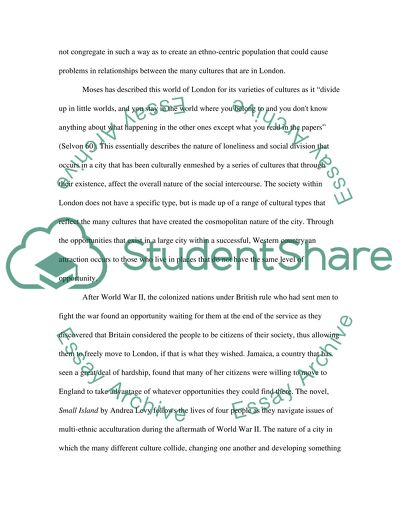Cite this document
(“Culture& work in the modern world Essay Example | Topics and Well Written Essays - 1500 words”, n.d.)
Retrieved from https://studentshare.org/environmental-studies/1418767-culture-work-in-the-modern-world
Retrieved from https://studentshare.org/environmental-studies/1418767-culture-work-in-the-modern-world
(Culture& Work in the Modern World Essay Example | Topics and Well Written Essays - 1500 Words)
https://studentshare.org/environmental-studies/1418767-culture-work-in-the-modern-world.
https://studentshare.org/environmental-studies/1418767-culture-work-in-the-modern-world.
“Culture& Work in the Modern World Essay Example | Topics and Well Written Essays - 1500 Words”, n.d. https://studentshare.org/environmental-studies/1418767-culture-work-in-the-modern-world.


